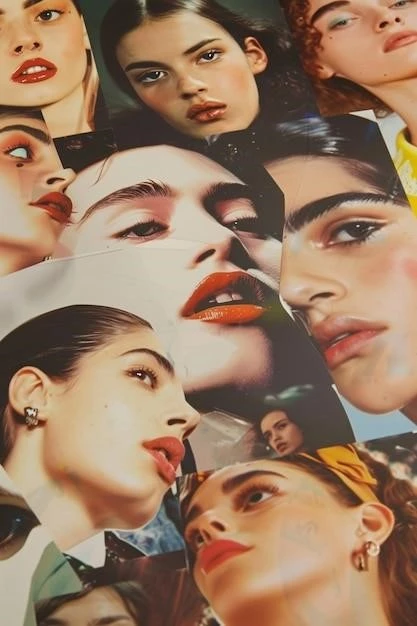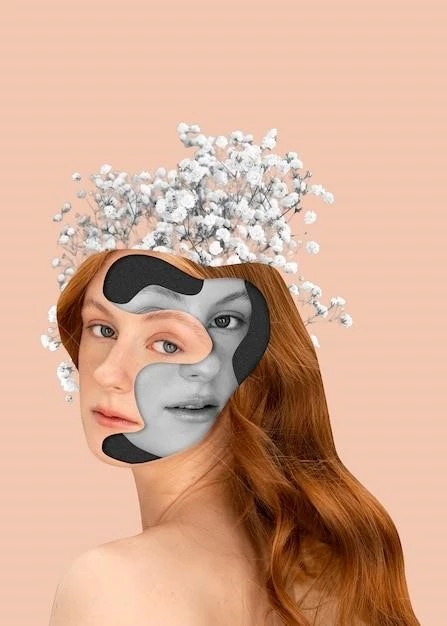Beauty‚ they say‚ is in the eye of the beholder. Having traveled extensively and lived in various countries‚ I can attest that this adage rings truer than ever when you consider the vast and fascinating diversity of beauty standards across the globe.
My Personal Encounters with Diverse Beauty Standards
My journey into understanding the impact of culture on beauty perceptions began in my own backyard. Growing up in the United States‚ I was bombarded with images of tall‚ slender models with tanned skin and perfect smiles. These were the hallmarks of conventional American beauty.
However‚ my perspective shifted dramatically when I moved to Japan for work. In Japanese culture‚ fair skin is revered as a symbol of beauty‚ youth‚ and grace. Women carried parasols to shield themselves from the sun‚ and skin-lightening products were ubiquitous. This stark contrast to the sun-kissed ideal I grew up with piqued my curiosity about how cultural values shape our perceptions of attractiveness.
My travels across Southeast Asia further broadened my understanding. In Thailand‚ I witnessed the emphasis on petite figures‚ while in India‚ a more voluptuous body type was celebrated. Visiting tribes in Africa exposed me to body modifications like lip plates and neck rings‚ practices deeply intertwined with their cultural identities and perceptions of beauty.
Unpacking the Cultural Influences
Through these experiences‚ I came to realize that beauty standards are not merely arbitrary preferences. They are deeply interwoven with a culture’s history‚ values‚ and social norms.
1. Historical Context:
In many Asian cultures‚ for example‚ fair skin has historically been associated with wealth and high social status. This stems from a time when laborers toiled outdoors under the sun‚ while the elite remained indoors. This historical association continues to influence beauty ideals today.
2. Media and Popular Culture:
The rise of mass media and globalization has played a significant role in shaping perceptions of beauty. Images of Western models and celebrities often dominate global media‚ leading to a homogenization of beauty standards in some parts of the world.
3. Economic Factors:
In some cultures‚ beauty standards are linked to economic prosperity. For instance‚ in societies where plumpness signifies access to resources and good health‚ a fuller figure is often considered more attractive.
The Evolving Landscape of Beauty
While cultural influences remain strong‚ it’s important to acknowledge that perceptions of beauty are not static. They are constantly evolving‚ influenced by factors like globalization‚ social media‚ and increasing cultural exchange.
Body positivity movements are challenging traditional beauty norms‚ encouraging self-acceptance and celebrating diversity. Social media platforms are giving rise to a broader range of beauty influencers‚ representing different ethnicities‚ body types‚ and cultural backgrounds.

The Importance of Cultural Sensitivity
Understanding the cultural influences on beauty perceptions is crucial‚ especially in our increasingly interconnected world. It fosters empathy‚ breaks down stereotypes‚ and allows us to appreciate the rich tapestry of human beauty in all its diverse forms.

My Takeaways
My journey exploring the impact of culture on beauty perceptions has been incredibly enriching. It has taught me the importance of cultural sensitivity‚ the power of media‚ and the ever-evolving nature of beauty standards.
Ultimately‚ true beauty lies not in conforming to any one ideal‚ but in embracing the unique tapestry of human diversity and celebrating the beauty that exists in every culture.










